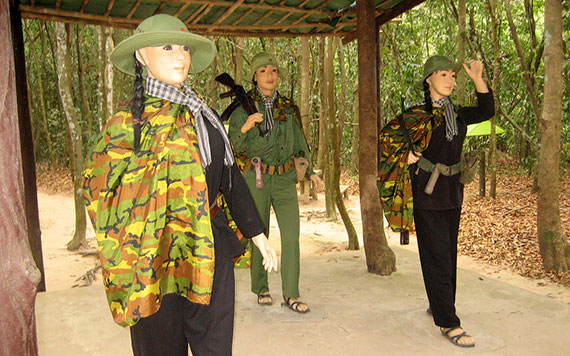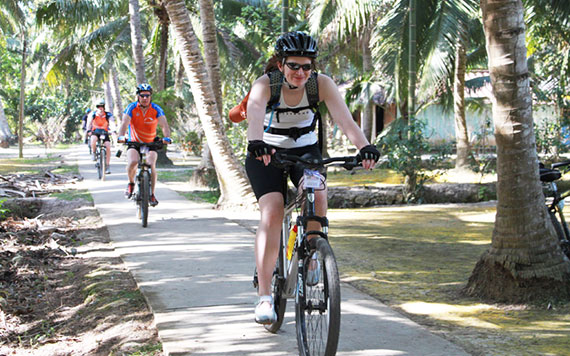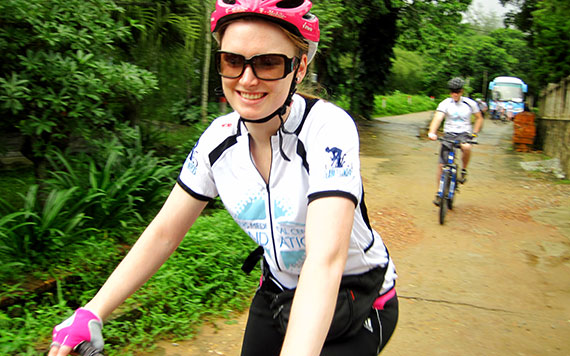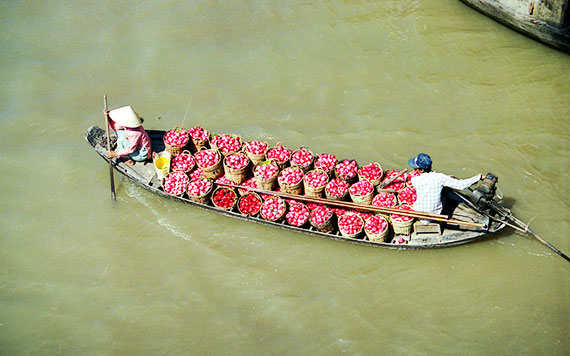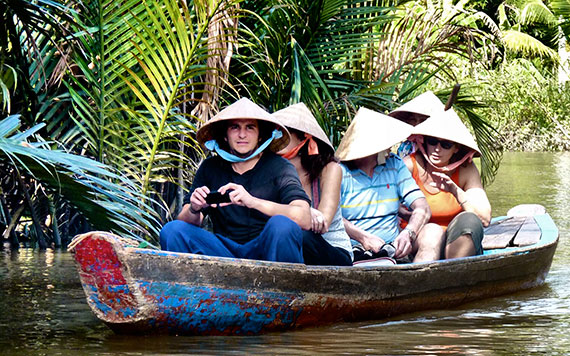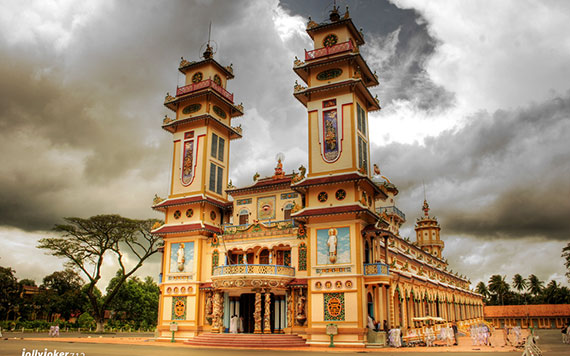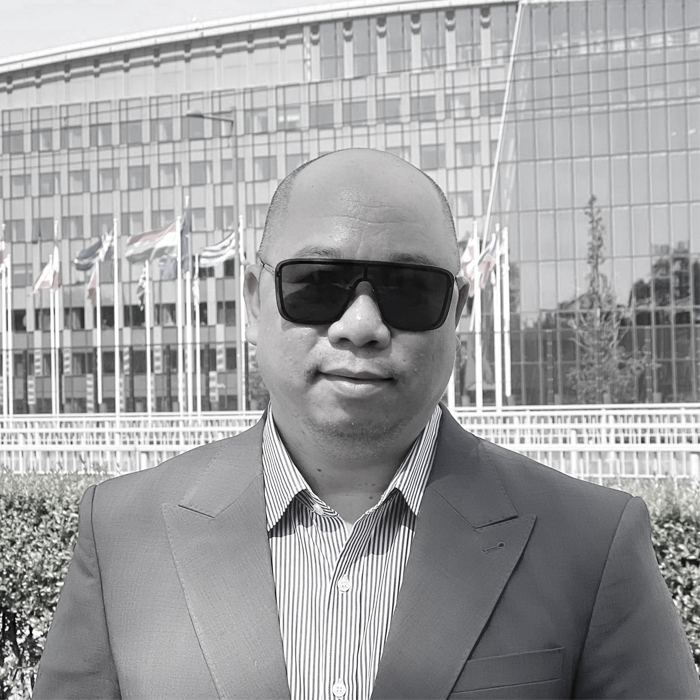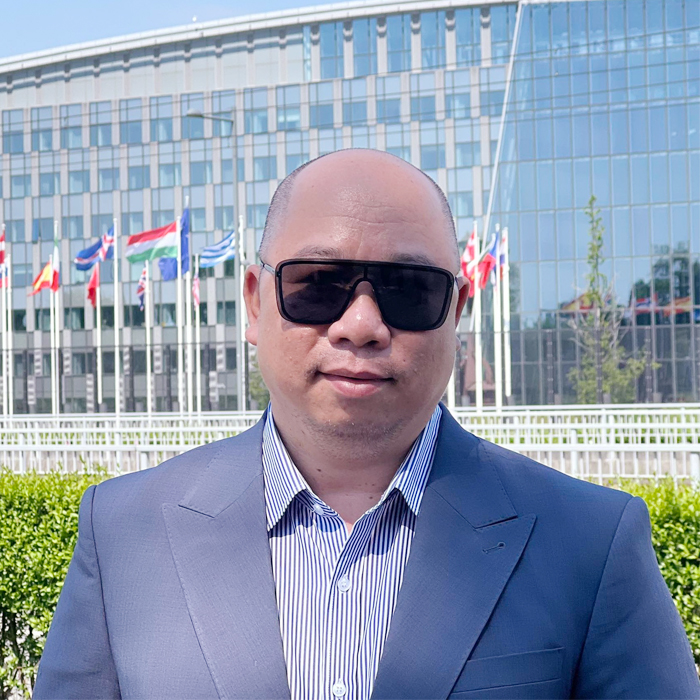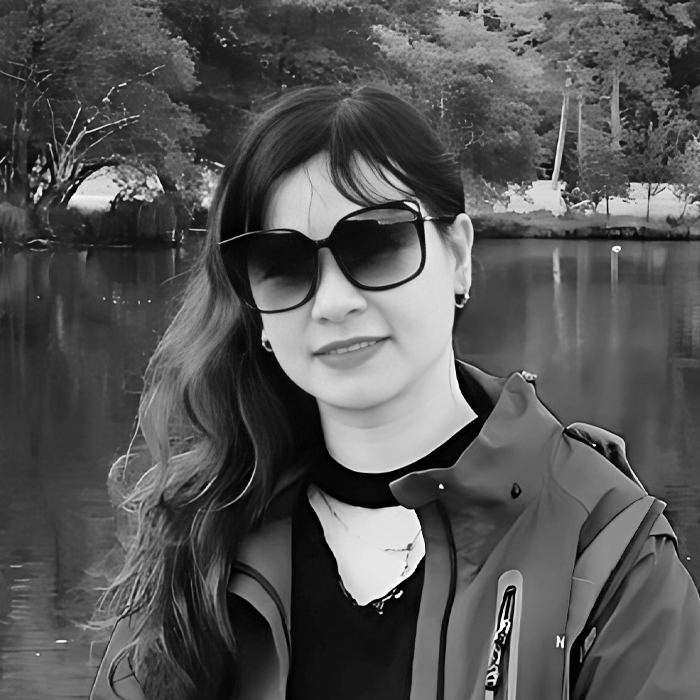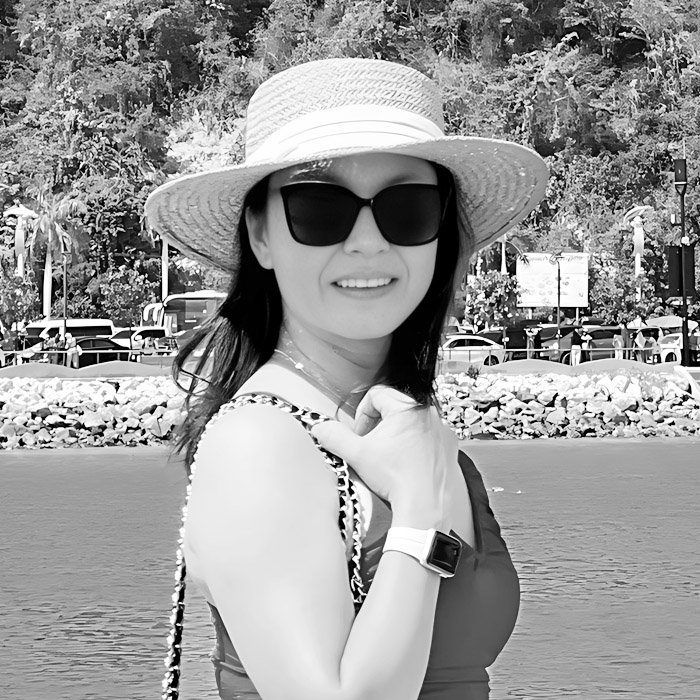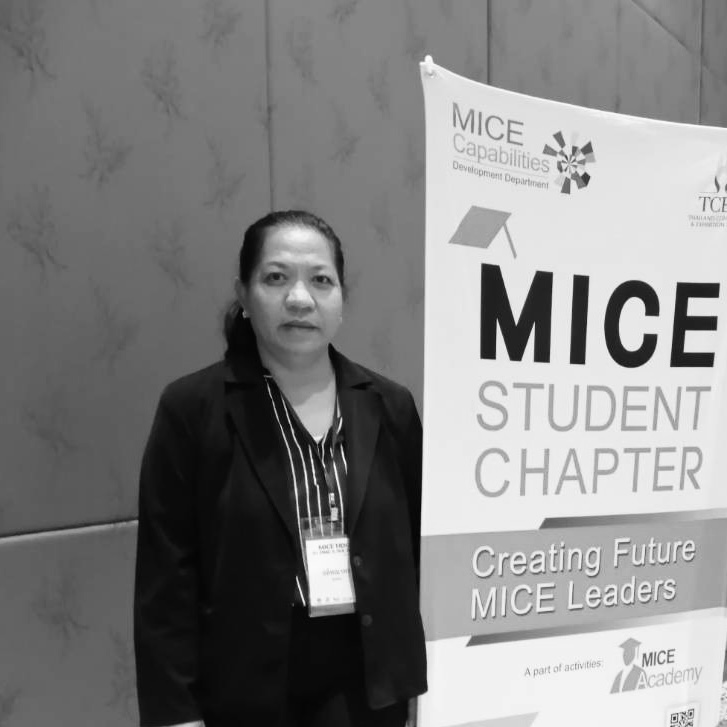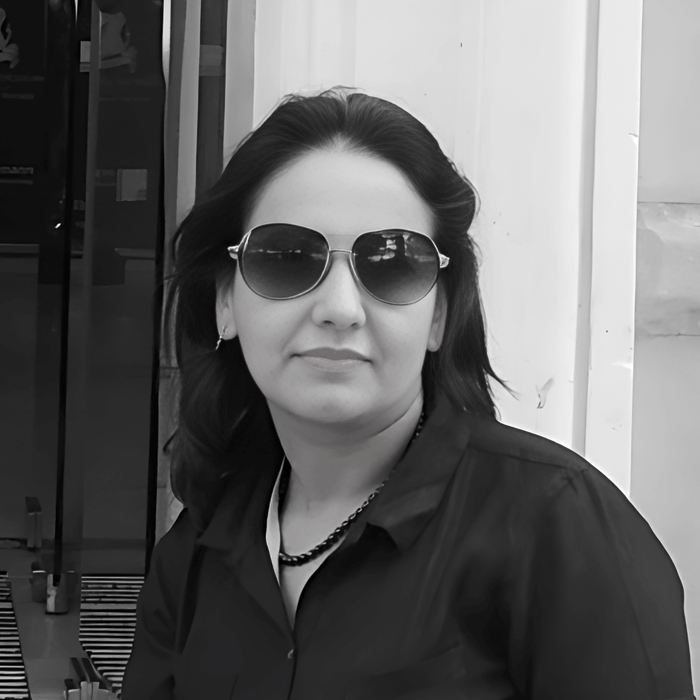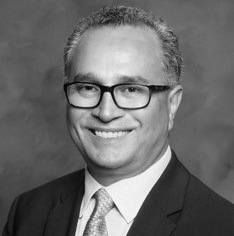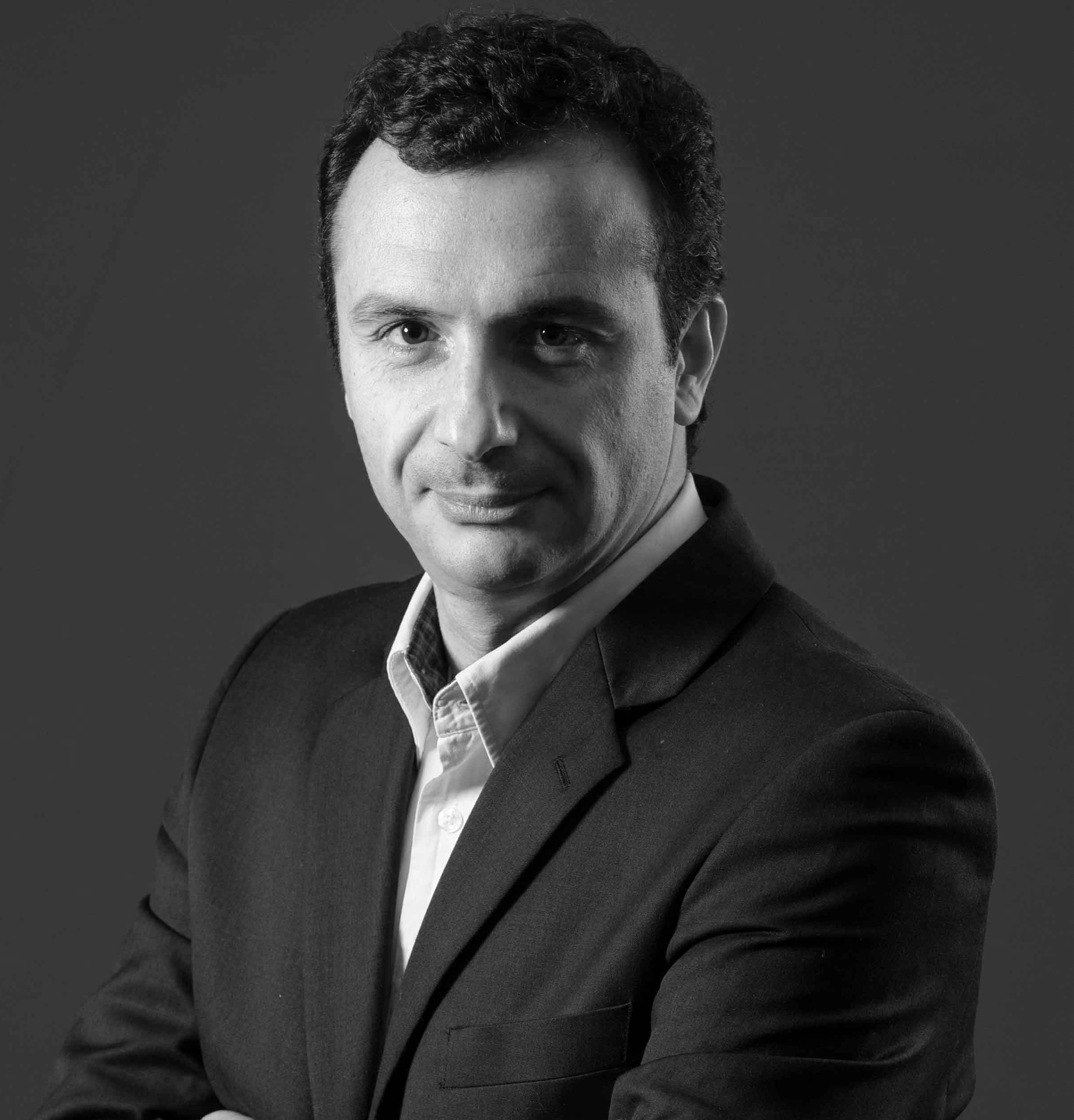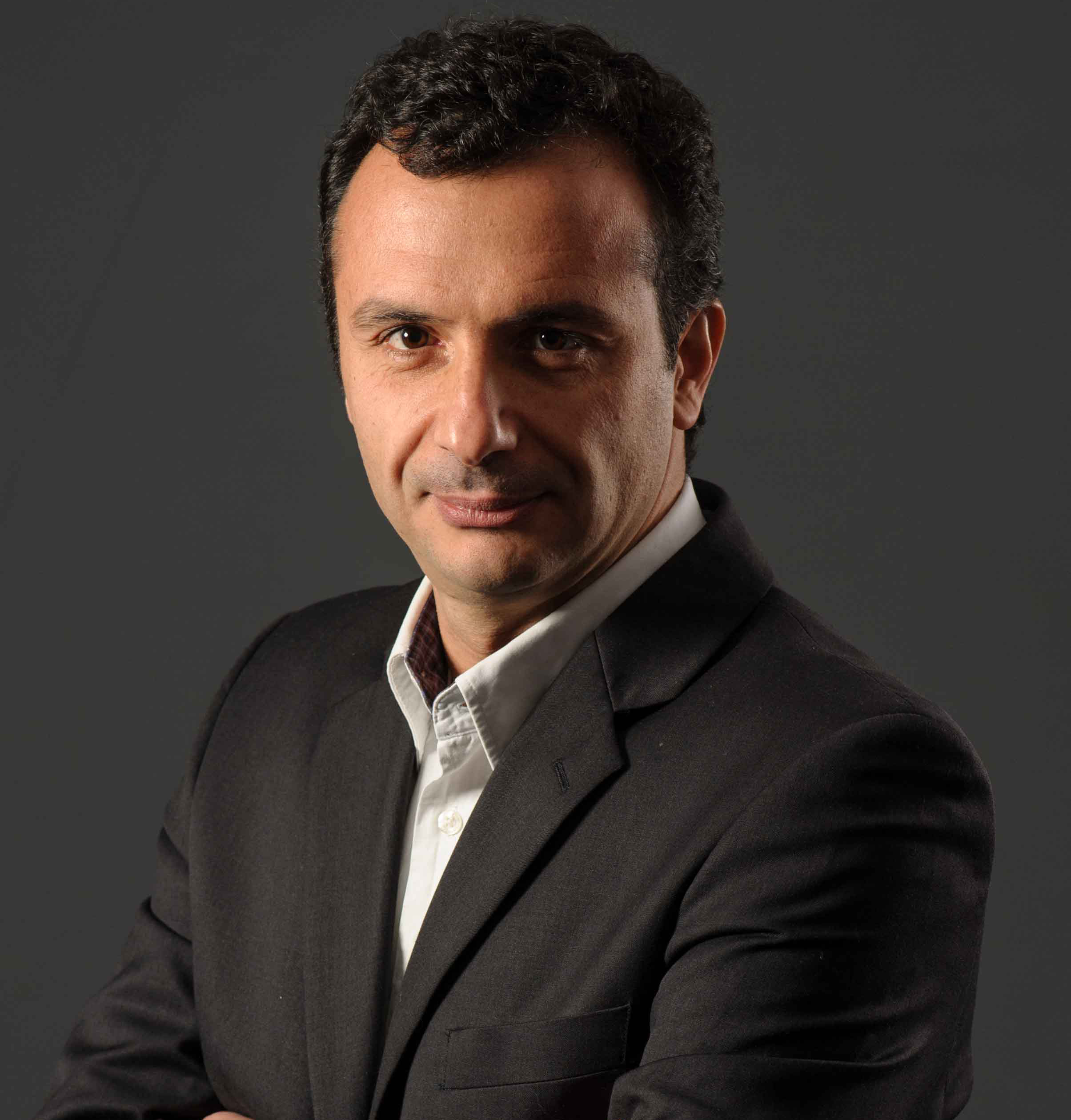Ho Chi Minh travel guide
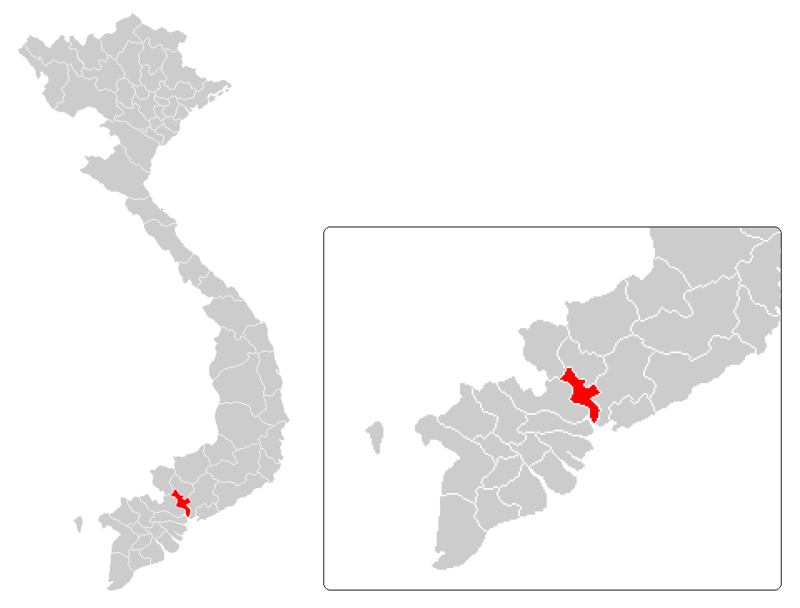
Location:South-eastern region
Former name: Saigon
Renamed to Ho Chi Minh City: 1976
Area: 2,095.5 km2
Population: 8.224 million (2015)
Ho Chi Minh City is a city of contrasts. Wander through timeless alleys to incense-infused temples before catching up with the present in designer malls beneath sleek skyscrapers. The ghosts of the past live on in buildings that one generation ago witnessed a city in turmoil, but the real beauty of Saigon’s urban collage is the seamless blending of these two worlds into one thrilling, seething mass, while a host of new and exhilarating tours get you way off-the-beaten track.
Originated as a small fishing village of Prey Nokor on a vast swampland, the region was inhabited by Khmer people before the occupation of the Vietnamese in the early 17th century. Under the French colonial era, the city was known as Saigon. A number of elegant French architecture and broad boulevards built during this period are still present to this day. It was officially renamed Ho Chi Minh City after the revolutionary leader Ho Chi Minh. Though Saigon is still widely used nowadays.
Once described as “the Pearl of the Orient”, Ho Chi Minh City is truly an amazing place which still retains an old-world charm in striking architectures whispering the story of the glory past, but one can feel the burgeoning pulse of a metropolis on the move: a dynamic city of commerce and culture that has driven the whole country forward with its pulsating energy
When to go
Ho Chi Minh City enjoys a tropical climate with two distinct seasons: rain and dry. The rainy season, with a rainfall of about 1,800mm, usually begins in May and ends in October. The monsoon season also has a high humidity and frequent heavy showers. The dry season is from December to late April with the average temperature is 28°C.
March, April and May are the hottest months with the highest recorded temperature being 40°C, but there’s less humidity, which makes it more comfortable. The lowest temperature is 14°C in the early mornings of December. At this time of the year, visitors have chance to experience Christmas and New Year atmosphere in Saigon with streets and hotels are colorfully decorated.
In short, it’s best to visit the city during the dry season. Remember that Tet, the biggest and most important holiday of the Vietnamese people occurs in this period, often in late January or early February. Many stores and offices will be closed, stuffs are more expansive than usual. Therefore, plan your trip carefully. Otherwise, it is a great opportunity to see how Vietnamese people celebrate their own festival. For budget travelers, the rainy season may be a good choice. Aside from cheaper prices, rains often last in a short time, and it does have an advantage: reduce the heat and humidity, the city becomes more bearable for some hours.
Getting there
Air
International flights to the city will arrive at Terminal 2 at Tan Son Nhat, the country’s largest airport. From the airport, you can take a bus, taxi or pre-booked car to the city center. A new international airport called Long Thanh is scheduled to begin operating in 2025. It is based in Dong Nai province, 40km northeast of the city.
Some airlines operating flights to Ho Chi Minh City are Air France, Cathay Pacific, Emirates, Hong Kong Airlines, Japan Airlines, Korean Air, and United Airlines. These airlines also have direct flight to major cities such as Hong Kong, Tokyo, Seoul, Melbourne, Sydney, Frankfurt, Paris, Moscow, and San Francisco.
Domestic flights will arrive at terminal 1. There are daily flights to Saigon from main cities of Hanoi, Danang, and Hue. Other cities have 3-4 flights per week depending on seasons. There are currently four airlines serving domestic routes: Vietnam Airlines, VietJet Air, Jetstar Pacific Airlines, and Vasco Airlines.
Train
The city is a terminal for the North-South Railway which is 1,726 km long follows the coastline beginning in Hanoi, passing through 19 major cities and provinces before coming to an end in Ho Chi Minh City. Trains traveling this line are called the Reunification Express. To get to Ho Chi Minh City from Hanoi, it takes two days or 1 day from Da Nang. If you are not on a time budget, it’s advisable to travel by train as it offers a great way to enjoy the natural beauty and local daily life of Vietnamese people. The train slowly passes through a number of famous sights such as Hai Van Pass and Lang Co Bay.
Bus
Open bus from Phnom Penh to Ho Chi Minh City runs daily crossing Moc Bai border or boat transfer in Chau Doc. Traveling time is about 6-7 hours and costs around US$12. Check out two main bus stations, Mien Dong and Mien Tay, for ticket and timetables.
Water
The city is located on the banks of Saigon River, making it a bustling commercial port. Passenger boats operates regularly to Ho Chi Minh from various destinations in southern provinces, the Mekong Delta and Phnom Penh in Cambodia.
Cu Chi Tunnels
Far afield 70km to the northwestern city lay the incredible Cu Chi Tunnels. It is actually a defense system of 250 km of connecting underground tunnels built by Vietnamese resistance fighters during the long time of struggling for independence. The tunnels now are widened and turned into a war memorial park with two other display sites. Not only exploring the tunnels itself, visitors also have the chance to fire AK47s and M16s at a shooting range on site. The site can be visited within a day from Ho Chi Minh.
Tay Ninh
Tay Ninh Town, the capital of Tay Ninh province, serves as the headquarters of one of Vietnam’s most intriguing indigenous religions, Caodaism. The Cao Dai Great Temple at the sect’s Holy See is one of Asia's most unusual and astonishing structures. Built between 1933 and 1955, the temple is a rococo extravaganza blending the dissonant architectural motifs of a French church, a Chinese temple and an Islamic mosque.
Reunification Palace
Independence Palace, also known as Reunification Palace was the home and workplace of the President of South Vietnam during the Vietnam War. It was the site of the end of the Vietnam War during the Fall of Saigon on April 30, 1975, when a North Vietnamese Army tank crashed through its gates.
Designed by Paris-trained Vietnamese architect Ngo Viet Thu, it is an out-standing example of 1960s architecture, with an airy and open atmosphere. The complex covered an area of 12 hectares, including a palace with an 80-meter-wide façade, a guest-chamber capable of accommodating 800 people, with a spacious gardens covered by green trees and a lawn.
War Remnants Museum
Once known as the Museum of Chinese and American War Crimes, the War Remnants Museum is consistently popular with Western tourists with an extensive collection of exhibits relating to the Vietnam War. The museum is housed in the former US Information Service building. Captions are in Vietnamese and English.
Saigon Notre-Dame Basilica
Built between 1877 and 1883, Notre Dame Cathedral rises up romantically from the heart of HCMC’s government quarter, facing Ð Dong Khoi. A brick, neo-Romanesque church with two 40m-high square towers tipped with iron spires, the Catholic cathedral is named after the Virgin Mary. The walls of the interior are inlaid with devotional tablets and some stained glass survives. English-speaking staff dispense tourist information from 9am to 11am Monday to Saturday.
Central Post Office
Right across the way from Notre Dame Cathedral, Ho Chi Minh City’s striking French post office is a period classic, designed by Gustave Eiffel and built be-tween 1886 and 1891. Painted on the walls of its grand concourse are fascinating historic maps of South Vietnam, Saigon and Cholon, while a mosaic of Ho Chi Minh takes pride of place at the end of its barrel-vaulted hall.
Thien Hau Pagoda
Thien Hau Pagoda or Chua Ba was built in the 19th century by the Chinese and dedicated to the Lady of the Sea, Thien Hau who is believed to be able to travel over the oceans on a mat and ride the clouds to save people in trouble on the high seas. It features magnificent furnishings, bas reliefs and the remarkable porcelain dioramas that decorate the temple’s roof.
Vinh Nghiem Pagoda
The largest pagoda in Ho Chi Minh City is a blend of modern influence and traditional Japanese and Vietnamese culture. This is the first pagoda in Vietnam to be built with concrete. It is home to a sanctuary and a seven-floor, 40-metre high tower. People come here to pay homage to Siddhartha Gautama, Buddha himself, and Samantabhadra, the Lord of Truth and Manjusri.
China Town
China Town or Cholon is the largest in Vietnam dating back to the 18th century. China town is a popular tourist site to see classical Chinese architecture reminiscent of years gone by with plenty of Chinese restaurants, having Binh Tay Market as it central market, which is always busy. Several temples are found in this market and include Thien Hau and Quan Am which feature Chinese-Buddhist architecture and interiors with pagodas, courtyards, altars and painting.
Jade Emperor Pagoda
Built in 1909 in honor of the supreme Taoist god (the Jade Emperor or King of Heaven, Ngoc Hoang), this is one of the most spectacularly atmospheric temples in Ho Chi Minh City, stuffed with statues of phantasmal divinities and grotesque heroes. The pungent smoke of incense fills the air, sometimes obscuring the exquisite woodcarvings.
Ben Thanh Market
The most central of all the markets, teeming Ben Thanh and its surrounding streets comprise one of the city’s liveliest areas. Everything that’s commonly eaten, worn or used by the Saigonese is piled high: vegetables, dried fruit, meats, spices, scorpions in alcohol, sweets, tobacco, clothing, one-day suits, wristwatches, blingtastic jewelry, hardware and more spill forth from a profusion of stalls. Souvenir items can be found in equal abundance.
A O Show
Phonetically meaning Ahh! Ohh!, the show first appeared on stage in Feb 2013. It is an interesting mix of of bamboo cirque, acrobatic acts, contemporary dance and theatrical visual art in a vibrant and light-hearted series of scenes that track the Vietnamese way of life from the past to the present. The show is performed at the Saigon Opera House and only lasts about an hour or so.
Scooter tours
Exploring the bustling streets from the back of a Vespa is a thrilling way to see and feel the real atmosphere of the city with nearly 5 million motorbikes. Jump on a booked tour with some highlights on its famous street foods, iconic sights and nightlife. Remember to wear helmets as it is compulsory in Vietnam.
In Saigon, the smell of street food from every corner invades you senses and encourages you to seek out those great smells and sample. To have best culinary experiences, remember two things: eat where the locals are eating and look for food that you can see being cooked. Following is a guide to some of the most prominent dishes and where to get them in the city.
Banh mi
It’s not hard to find someone selling Banh mi (Vietnamese baguette sandwiches) in Saigon. It’s everywhere. Look down any street, you see street carts selling bread with various fillings from fried egg to grilled pork to pâte and Vietnamese pickles, cucumbers, cilantro, and chili sauce. Some well-known banh mi stalls are Banh mi Huynh Hoa, Banh mi 37 Nguyen Trai and Banh mi Hong Hoa. The price for a Banh mi sandwiches varies from 10,000 VND to 30,000 VND depending on your choice of filling.
Iced coffee
If Hanoi has egg coffee then Saigon got Ca phe sua da or iced coffee. At its simplest, it is made with Vietnamese grown or dark roast coffee brewed over a single metal French drip filter called “phin” and served with sweet condensed milk poured over ice. It’s a perfect kick start.
Com tam Saigon (Broken rice)
The dish is served for breakfast, lunch and dinner. Began with local famers using the broken rice at home as it was not suitable to sell in the market, nowadays, the dish becomes more and more popular among the Saigonese. Com tam is often served with grilled pork, bì (thinly shredded pork mixed with cooked and thinly shredded pork skin), a side of pickled vegetables, cucumber slices and a Vietnamese dipping sauce. Eating in the street-side restaurants will usually cost less than in a fine dining one.
Bun thit nuong
Literally meaning rice noodles with grilled pork, this dish is a perfect alternative to Pho or Rice dishes in Saigon. Brightly colored and freshly flavor, a bowl of Bun thit nuong includes leaf lettuce, sliced cucumber, bean sprouts, pickled daikon and carrot, basil, chopped peanuts, vermicelli rice noodle and topped with grilled pork. Pour some nuoc cham into the bowl and mix everything together and what you have is taste sensations of crunchy, meaty, slippery, sweet, savory in your mouth. You can find Bun thit nuong in every restaurant in town, the price ranges from 20,000VND to 40,000VND for a bowl.
Hu tieu Nam Vang
Hu tieu first introduced to Vietnam in the 1960s, and from then it has been become a popular dish in the south. Although there are countless variations from region to region, its broth seems to remain the same. To have a light flavor and a touch sweet, pork is used to make the broth. Other ingredients that may differ from each restaurant are sliced pork, pork ribs, wonton dumplings, meatballs, shrimp, thin white rice noodles or thin yellow egg noodles, bean sprouts, and green onion. Hu tieu is one of the cheaper soups on the street which only costs you around 20,000 VND per bowl.
Seafood delight
In Saigon, there are countless roadside stalls serving snails and shellfish cooked in varying methods. Raw and fresh snails, blood cockles, clams, shrimps, and other seafood are displayed in front of the shop, your task is select those you like and then await to enjoy them grilled, curried, steamed or sautéed. Visit Vinh Khanh Street in District 4 to have best seafood in the city. Some shops that serve best snail in town are Oc Dao (212B Nguyen Trai Street, district 1 or 132 Nguyen Thai Hoc, district 1); Oc Quang Anh (189 To HienThanh street, ward 13, district 10); Oc Oanh (534 Vinh Khanh street, ward 4, district 4). The price is from 20,000VND.
Banh xeo (crispy pancake)
This cake is named after the loud sizzling sound it makes when the rice batter is cooked in hot oil. Banh xeo is a savory fried pancake that is made from rice flour, water, and turmeric powder, stuffed with ingredients such as pork, shrimp, diced green onion, and bean sprouts. It is often eaten as a snack. The best way to enjoy Banh xeo is wrapping it in mustard leaf, lettuce leaves, rice wrappers and some Vietnamese herbs. Then dip the roll in a sweet and sour fish sauce.
Recommended tours
until you are totally satisfied with the trip plan.



